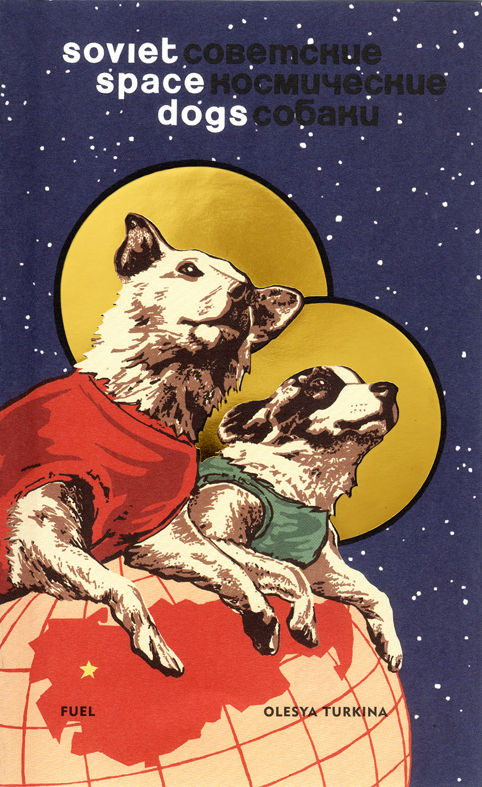March 21st 2025,
We are closely reaching the end of the semester, just two more weeks and its all over. Look forward to the last few posts as things get weird. Let’s get into today.
For Canadian history we start with Pearson’s government, he takes office in 1963 but has issues with Quebec. If you recall from before, Diefenbaker and JFK did not get along, my professor claimed that this was also an age thing as JFK was young and attractive while Dief was not, but unlike Dief Pearson and JFK did get along but Lyndon B. Johnson would be a problem. My professor then showed us the differences between LBJ and Pearson with photos from a visit. Pearson was invited to LBJ’s ranch and proceeded to wear a suit while LBJ looked more like a cowboy, this event apparently set the tone for their relationship going forward. It seems clothing can be political. As a diplomat, Pearson gives a speech on Vietnam, advocating for diplomacy over bombs, this would cause LBJ to physically assault Pearson. My professor called LBJ a bully when it came to the Vietnam war. This horrible relationship would affect Pearson’s dealings with domestic issues.
During this time Quebec was going through its Quiet Revolution. Quebec was modernizing and moving away from traditionalism after Duplessis’ death. This was a period of intense change with large scale rejection of past values, secularism was preferred and traditionalism was replaced with more liberal values. There was a decrease in young marriages and birth rates. Politically the Union Nationale was defeated and Jean Lesage became premier, with Leveque as the minister of Natural Resources. Electric companies were nationalized (would become hydro Quebec) which created the exporting of energy to the US and inspired French Canadian enterprises. The Quebec pension plan was also created and Caisse de depot is powerful as well.
He brought up this phrase “Maitres Chez Nous” which means “Masters in our own home” and was a phrase the Liberals ran with. Before, French Canadians made way less compared o their Anglo counterparts. Quebec saw education reform as well, giving the government control over it rather than the Catholic Church. This new education system placed emphasis on STEM and commercial disciplines, although the humanities were still present. Now skilled professionals can compete. Unfortunately, this was seen as a problem for Pearson as he was scared of Quebec nationalism. Because he does not trust his own judgement on Quebec, Pearson gets the 3 wisemen in to deal with it. These were Pelletier, Trudeau, and Marchand.
In 1967 there was a big world even called EXPO 67, aka the Word Exhibition or World’s Fair. This event was important as it was during Canada’s 100 year birthday and it was the host nation. Pearson was skeptical of hosting as he feared disaster, but in the end the Expo village as a success. It was an international success until Charles de Gaulle arrives. So this guy was the president of France and was a big problem because, at the time, France was egging on Quebec nationalism, shunning Canadian representatives and treating Quebec as its own state, apparently France was even funding separatists. When Governor General Vanier died France sent a 3rd rank diplomat to the funeral, a disrespectful move I guess, and Vanier’s wife would summon the French Ambassador and gave them a message: “1940.”
When de Gaulle arrives Canada is at its breaking point. De Gaulle accepts his invitation from Quebec and lads by ship to get to Montreal right away. When there he gives a speech. We watched it and the gist of it was: “Vive Montreal, Vive Quebec, Vive French Canadians, and Vive France.” It was said that all hell broke loose, but in the video all the happened was loud cheering. This speech pissed Pearson off as he was offended that Canada would e compared to Nazi Germany, Canadians did not need liberation. French ministers question de Gaulle’s sanity, freaking out over his improper behaviour towards an ally, while French Canadians believed Anglos were overreacting. I agree.
Next is French Revolution which details the Thermidorian coup and the death of Robespierre. In late July of 1794, a sickly Robespierre overplays his hand and makes a, what she calls “very creepy,” speech stating: “I conclude that there exists a conspiracy against public liberty; that it draws its strength from a minimal coalition which is plotting in the very heart of the Convention…” Terror comes to a stop the next day with the 9 Thermidor coup d’état (27 July 1794). Paranoia spreads as people are scared of who will be targeted next, deputies stand against Robespierre. The coup ends with the arrest of Robespierre in the CPS boardroom after he attempts suicide. She then shows us a painting of Robespierre dying on a table.
The Thermidorian reaction ended the reign of Terror but now the problem lies in whether the revolution will also come to an end. She then goes over the rights that emerged during the liberal and radical phase of the revolution: citizenship for French Jews, voting rights extended to all men except the unemployed/servants, and emancipation of slaves. Notice how there is no women’s emancipation. This then led to discussing backlash against public women, which I have already talked about regarding the Salonnière, who Rousseau called “political prostitutes.” My professor then showed us the cover of Rousseau’s Emile and how weird it is. While most philosophes were not great when it came to women, Condorcet was an outlier. He was one of the few big-name thinkers who was alive during the revolution and applied the idea of natural rights towards women. He blamed women’s lack of education, rather than themselves, as the reason why they were incapable for full citizenship. So if you give them the education that boys are afforded then they will show how good of citizens they are. This was a fringe opinion at the time but it did kickstarted debates. He also really loved his wife and saw her as his equal.
As always, there is no Polisci on Friday so I left to go to my work placement. Today was a special day as I had to present my draft for my sign. Just as a vague recap the topic I chose to highlight on my sign was about a communist town that was elected. Everyone else went before me and I was nervous. Finally I had to present, while everyone else gave some sort of narrative before reading off their proposed writing, I did not have anything because my topic was not local. It’s in the same province but not the same town. So while everyone else could actually go to their location and take some photos, I could not. Plus they all had buildings while mine was an event so that made things harder for me. So I just gave them that little disclaimer and went right into my words. I wish I could share it but I do not think I can until my project gets approved, if it ever does.
When I was finished reading everyone was very impressed, and I was shocked! My supervisor just said it was perfect and he had no notes for me. I was readying myself for a critique and what to improve but there was nothing. He said it was perfect because it began with background information that spurred on the event itself (a very big strike that unfortunately ended in failure), used a personal account that grounded the event (i referenced an older woman that was foreign, this showed worker solidarity that transcended ethnic divides), used funny and interesting examples of what the town did to help its citizens and target the rich, and properly transitioned into the conclusion where I talked about why the event is important to the town and province as a whole.
I then went over my proposed location for the sign and the images I think could work. I expressed my difficulties in finding the photos but chose some and gave the sources of where they came from. The location was also difficult since my project is not based on a single building or small location, it included the entire town, so during my research I found historical tours of the town and used their tour map to figure out a symbolic spot for my sign. I took a screenshot of the Google street view location and showed my supervisor and fellow students where exactly that spot is on the tour map. I chose a location that is near the entrance of the town and at the start of the tour, this would give a great introduction to how revolutionary this town once was and gives context to the historic sights that can be seen. They all enjoyed my presentation and I was really happy that it went so well. After that we all went home.

